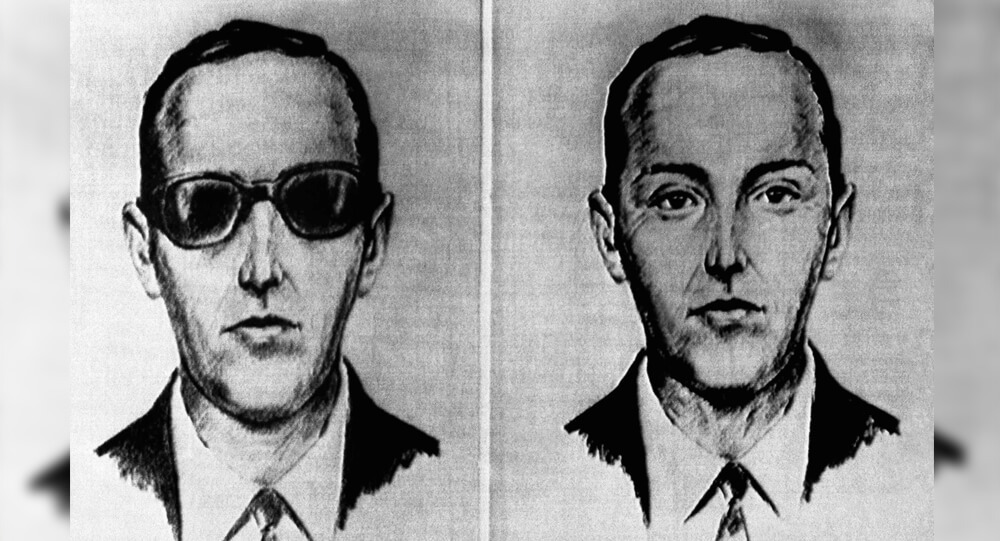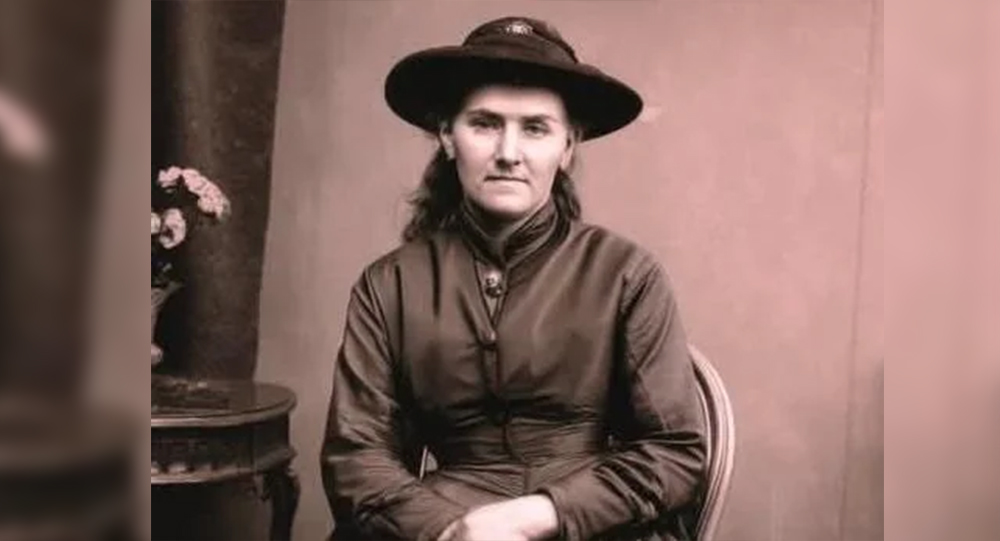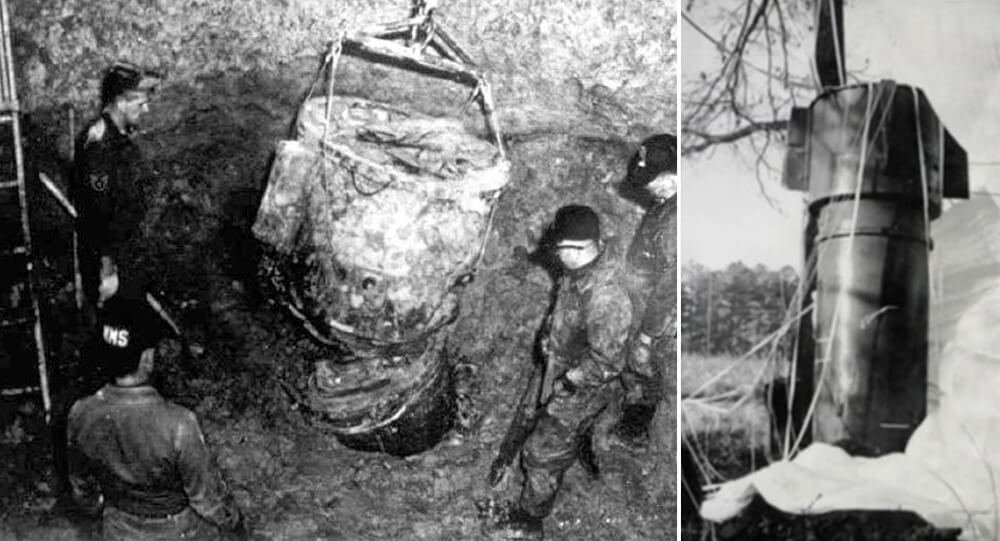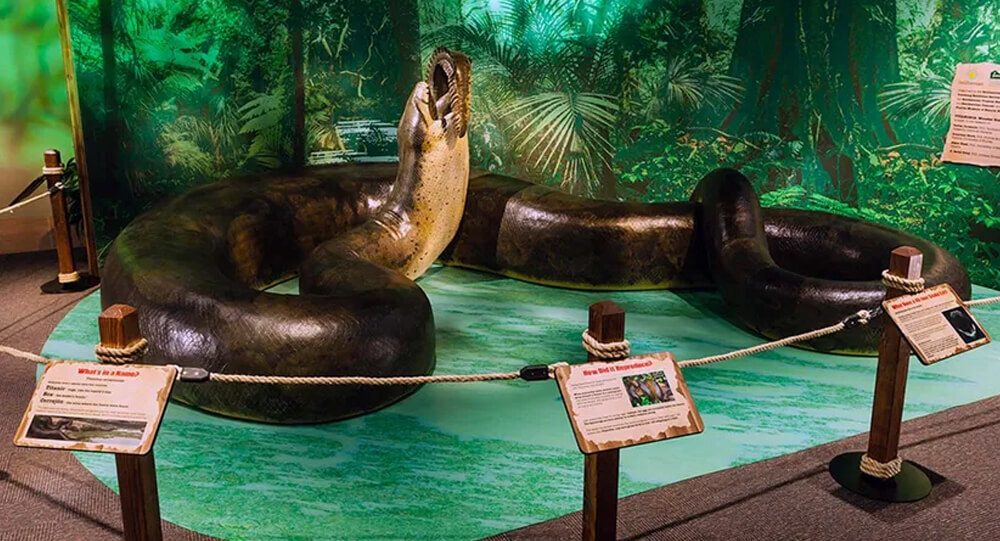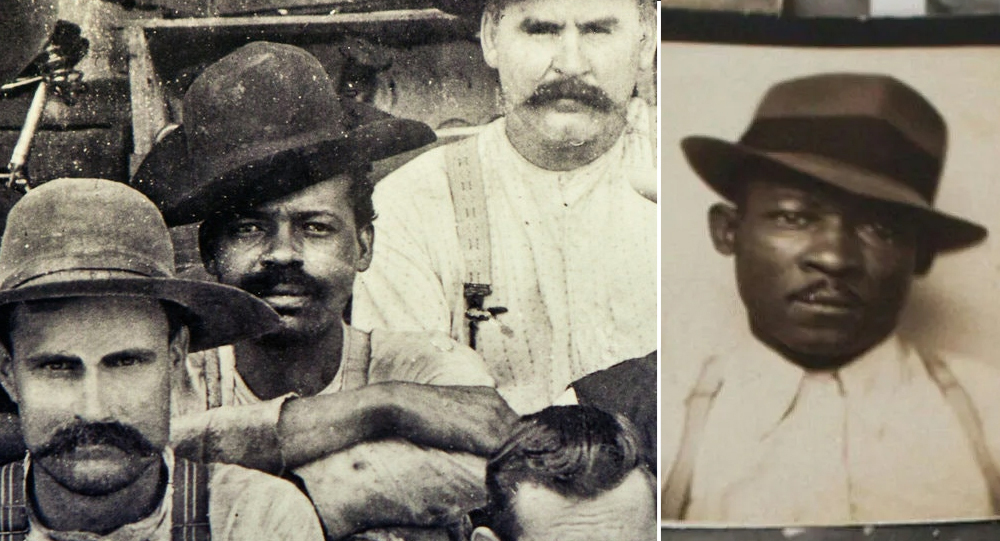
Sleep deprivation has been used across centuries as an interrogation tool and method of coercion. Unlike physical torture that bears visible marks, sleep deprivation attacks the mind covertly—slowly eroding a victim’s mental state and resilience until control can be exerted.
During the infamous witch hunts of 16th-century Europe, accused witches were deprived of sleep for days to force confessions, as hallucinations and disorientation led victims to believe they were truly guilty. Similarly, during World War II, prisoners of war were subjected to cruel schedules designed to prevent sleep. Japanese camps, for instance, combined sleep deprivation with beatings and starvation to break prisoners’ wills.
More recently, during the Troubles in Northern Ireland in the 1970s, the British Army employed sleep deprivation as one of the “five techniques” of interrogation on suspected Irish Republican Army members. These techniques were later condemned by courts as torture.
Sleep deprivation’s effectiveness lies in its invisibility—a method that inflicts profound psychological harm without physical evidence.
How Sleep Deprivation Affects the Human Brain
The effects of sleep deprivation go beyond mere fatigue. The brain requires regular rest to consolidate memories, regulate emotions, and maintain cognitive functions. Denying sleep disrupts these processes, resulting in a progressive mental decline.
After 24 hours without sleep, concentration wanes, decision-making weakens, and irritability grows. Beyond 48–72 hours, victims begin to experience hallucinations, paranoia, and distorted perceptions of reality. These phenomena arise from impaired neural communication and biochemical imbalances.
Research shows sleep deprivation causes elevated cortisol (stress hormone), decreased glucose metabolism in brain areas like the prefrontal cortex and thalamus, and dysregulation of neurotransmitters like dopamine and serotonin, further impairing cognition and mood.
Victims often describe hearing voices, seeing shadows, or losing track of time—symptoms tantamount to psychosis or sensory deprivation hallucinations.
Sleep Deprivation in the Dark Side of Interrogation
Sleep deprivation has been incorporated into “enhanced interrogation” programs and abusive detention regimes worldwide, often combined with sensory overload, stress positions, and isolation. These tactics aim to disorient and break detainees without physical violence visible on the body.
Techniques include forced waking through loud noise or light, interruption of sleep cycles, and use of physical discomfort to prevent falling asleep. Such prolonged deprivation can lead to severe psychological trauma, sometimes irreversible.
International human rights law, including the United Nations Convention against Torture, recognizes sleep deprivation as a form of cruel and inhuman treatment. Despite this, its use persists covertly, raising ethical, legal, and moral questions.
Personal Testimonies Reveal the Horror
Survivors subjected to sleep deprivation report horrifying mental states. John Schlapobersky, a psychotherapist tortured in 1960s South Africa, described the onset of hallucinations within two nights and reported “dreaming while awake” after three days without sleep. Others have narrated feelings of time dilation, depersonalization, and creepy sensations of phantom voices or unseen presences.
Women detained during apartheid described constant fears of imaginary attackers entering their cells, induced by sensory deprivation and exhaustion, underscoring the torment and psychological devastation sleep deprivation inflicts.
Such testimonies reveal how the absence of physical harm does not equate to absence of torture’s brutality.
Legal and Ethical Perspectives on Sleep Deprivation
Sleep deprivation’s ambiguous invisibility complicates legal categorizations of torture. Some argue it as physical abuse, others as psychological, but growing scientific consensus points to its deeply damaging effects as torture.
Key rulings, including by the European Court of Human Rights, clarified that sleep deprivation violates human dignity and amounts to torture when applied systematically or severely. Yet enforcement remains challenging as states sometimes deny or obscure such practices.
Ethicists debate the cruel paradox whereby sleep deprivation exploits a fundamental human need—sleep—raising profound questions about human rights and state power.
Fascinating Trivia About Sleep Deprivation as Torture
- Sleep deprivation has been used as a torture method since medieval witch trials.
- The “five techniques” used by British forces included sleep deprivation and were banned following international outcry.
- Sensory deprivation often accompanies sleep loss to magnify psychological harm.
- Cognitive impairments from 48 hours of sleep deprivation can mimic being legally drunk.
- The CIA’s SERE program trained U.S. soldiers in resistance to sleep deprivation used by enemy forces.
- Some animals, like dolphins, can rest only one hemisphere of their brain at a time; humans need full sleep.
- Sleep deprivation is also studied as an effective antidepressant treatment but at controlled doses.
- People deprived of sleep for over 11 days have died or suffered severe psychoses in historical medical cases.
Modern Reflections and the Path Forward
Today, the scars of sleep deprivation torture demand acknowledgment and justice. As governments and organizations confront past abuses, understanding the neuroscience behind sleep deprivation helps contextualize victim experiences and advocate for humane treatment worldwide.
Public awareness campaigns and legal actions strive to end such practices definitively. Meanwhile, scientific research continues to reveal sleep’s indispensable role in mental health, underscoring why its denial can be weaponized.
Final Thoughts: The Invisible Price of No Sleep
Sleep deprivation as torture is an invisible wound inflicted through absence rather than attack—a psychological unraveling that silently destroys. Recognizing this form of torture deepens our understanding of human resilience and the vulnerabilities that define our biological needs.
Its legacy challenges us to uphold the rights to dignity, health, and rest that should never be weaponized. Sharing this article helps educate on how the brain’s desperate cries for sleep can become grave instruments of suffering.
Sources & Further Reading:
- Optalert: Sleep Deprivation as a Form of Torture (2017)
- Yale Connect: Morals and Psychology of Sleep Deprivation (2019)
- PubMed: Understanding Sleep Deprivation as Torture (2018)
- United Nations: Convention Against Torture Documents
- Psychology Today: Why Sleep Deprivation is Torture (2014)

Marion Stokes recorded 30 years of television
Marion Stokes, a Philadelphia woman began taping whatever was on television in 1979 and didn’t stop until her death in 2012. The 71,000 VHS and Betamax tapes she made are the most complete collection preserving this era of TV. They are being digitized by the Internet Archive.

D.B. Cooper: Man who hijacked a plane and jumped out with a $200,000
On November 22, 1971, DB Cooper hijacked a Boeing 727, drank a whisky, smoked a fag, and then jumped out of the plane with $200,000. He was never again seen.

Did Gil Pérez Really Teleport from Manila to Mexico Overnight? The 1593 Mystery
On October 24, 1593, while performing his guard duties at Manila's Governor's Palace in the Philippines, Gil Perez stopped to lean against a wall and sleep for a while. He opened his eyes to find himself in an unusual environment. Gil was in the Plaza Mayor in Mexico City. They imprisoned Perez, but the authorities in Mexico City decided to release him and return him home.

Poto And Cabengo: The Secret Language Of Twins
Poto and Cabengo, as the two girls called each other, communicated in their own language. The twins were ignored by their parents and secluded from the outside world because their father felt they were developmentally retarded, and their unique language evolved as a result of that neglect.

15 interesting facts about Queen Elizabeth II
Queen Elizabeth II, who ruled Britain for 70 years, has away at the age of 96. She was the country's longest-reigning monarch. Here are some little-known facts about her.

Why Comedians Failed to Make Sober Sue Laugh in the Early 1900s
In the bustling vaudeville scene of early 20th century New York, a mysterious performer known as "Sober Sue" captured public imagination not for jokes or songs, but for her unshakable stoicism—she never smiled or laughed. A local theater even offered a tempting reward of $1,000 to anyone who could make her laugh, drawing crowds and famous comedians eager to claim the prize. Despite countless hilarious attempts, Sue remained expressionless, a mystery that baffled performers and audiences until it was revealed that she suffered from facial paralysis, explaining her unchanging demeanor.

Why the Word ‘Pen’ Comes from the Latin ‘Penna’ Meaning Feather
The humble word “pen” carries a rich history rooted in ancient times, derived from the Latin word penna, meaning “feather.” Long before modern pens revolutionized writing, feather quills—especially from geese—were the essential tools of scribes, scholars, and artists. This article journeys through the origins of the pen, its evolution, and fascinating trivia about the timeless connection between feathers and writing.

The worst blizzard in recorded history: the 1972 Iran blizzard
The deadliest snowstorm ever recorded occurred in Iran in 1972. It lasted for a week, burying areas in 26 feet of snow and killing over 4,000 people, including the entire populations of three villages.

Vince Coleman, a railway dispatcher, sacrificed his own life
Vince Coleman, a railway dispatcher, sacrificed his life in order to warn an incoming train of an imminent explosion. His telegraph said “Hold up the train. Ammunition ship afire in harbor making for Pier 6 and will explode. Guess this will be my last message. Good-bye, boys.” He saved 300 lives.

Top 10 Greatest and shocking Archaeological Discoveries of All Time
While we're all locked at home, there's no better way to escape to another time and place than to learn about amazing archeological sites and discoveries from around the world. Here are the 10 greatest and shocking archaeological discoveries —and don't be shocked if they inspire future trip plans whenever it's safe to do so again.

William James Sidis: The smartest person yet forgotten by people
William James Sidis, who was only 11 years old when he enrolled in Hardvard, finished his primary and secondary schooling in less than a year. He knew eight foreign languages by the age of eight and even invented his own language, "vedergood."

The incredible story of Julia "Butterfly" Hill and her legacy
American environmental activist Julia “Butterfly” Hill lived in a 1500-year-old California Redwood tree for 738 days to prevent it from being cut down by the Pacific Lumber Company. The Simpson’s episode “Lisa the Tree Hugger” was inspired by Hill’s story.

Keith Sapsford: The Story of 14-Year-Old Stowaway
The final image of 14-year-old Australian Keith Sapsford, who aspired to travel the world. In February 1970, he sneaked into the wheel-well of a plane flying from Sydney to Tokyo. It opened mid-air & fell out. When a photographer was testing a new lens, he captured this moment on film and was surprised when it developed.

Mario Segale, Developer Who Inspired Nintendo to Name Super Mario
Super Mario is named after real-life businessman Mario Segale, who was renting out a warehouse to Nintendo. After Nintendo fell far behind on rent, Segale did not evict them but gave them a second chance to come up with the money. Nintendo succeeded and named their main character after him.

3 men lived on top of a billboard in tents for almost 9 months
From 1982-1983, three men in Allentown PA competed in a radio contest in which they lived on top of a billboard in tents. Whoever stayed up longest would win a house. Due to economic pressure from the recession, none of the contestants wanted to give up, so the contest lasted almost 9 months.

Nuclear bomb accidentally dropped on North Carolina in 196
4 January 1961: The 4241st Strategic Wing's Boeing B-52G-95-BW Stratofortress, serial number 58-0187, was on a 24-hour airborne alert mission off the United States' Atlantic Coast.

Medieval Medicine: A 1,000-year-old onion and garlic salve kills modern bacterial superbugs
Scientists recreated an Anglo-Saxon manuscript-based 9th century onion and garlic eye remedy and discovered that it killed 90% of antibiotic-resistant staph bacteria (MRSA).

How Dmitri Mendeleev Developed the periodic table of the elements
1850 Dmitri Mendeleev walked almost a thousand miles to Moscow so he could apply for the University of Moscow. Although he was not accepted, he walked to St. Petersburg where he was accepted, And with that education, he developed the the periodic table of the elements

How did Howard Florey discover penicillin
Penicillin was discovered by Alexander Fleming, but he never attempted to turn it into an antibiotic. It wasn't until ten years later that Howard Florey discovered Fleming's obscure paper and understood the mold's potential. Up to 200 million lives may have been saved as a result of Florey's work.

8 Interesting Facts About The Unsinkable Ship, TITANIC
If you ask your friends what's the most famous ship in history the answer in most cases will be the same, of course the legendary Titanic. Its history is full of mysteries, at first it was a source of hope and national pride as well as proof of the triumphs of mankind but it soon became a source of nostalgia and pain, the extent of which cannot be described in words.

Jack the Baboon operated a railroad, earned a living, and never made a mistake
A baboon worked as a signalman for the railroad in the late 1800s. He never made a mistake and worked for the railroad until the day he died.

10 world’s most destructive and dangerous volcanic eruptions in history
Volcanic eruptions can devastate cities, change the world's atmosphere, and devastate economic systems. They can create molten lava rivers, mudslides, suffocating ash, and poisonous gases that cause chaos around the world for years. A volcanic explosion's effects can be massive, from its size to its death toll to its economic cost. Here is ten world’s most destructive and dangerous volcanic eruptions in history.

Titanoboa cerrejonensis, fossils of the world’s largest species of snake
In 2009 in a coal mine of Columbia, scientists discovered fossils of the world’s largest species of snake. The species is called “Titanoboa cerrejonensis,“and it is from around 60 million years ago. It would have had measured about 48 feet long and weighed about 2,500 pounds

Nearest Green, America's first known Black master distiller
Nathan "Nearest" Green was an African-American head stiller who is now more frequently referred to as a master distiller. He was renowned for imparting his distilling knowledge to Jack Daniel, the creator of Jack Daniel's Tennessee whiskey distiller, after Jack Daniel was freed from slavery following the American Civil War.

Why the Brooklyn Bridge Was Once Crossed by 17 Camels and 21 Elephants
On May 30, 1883, a rumor that the Brooklyn Bridge was going to collapse caused a stampede, which killed at least at twleve people. To prove the bridge was safe, P.T. Barnum led a parade of 21 elephants over it.


